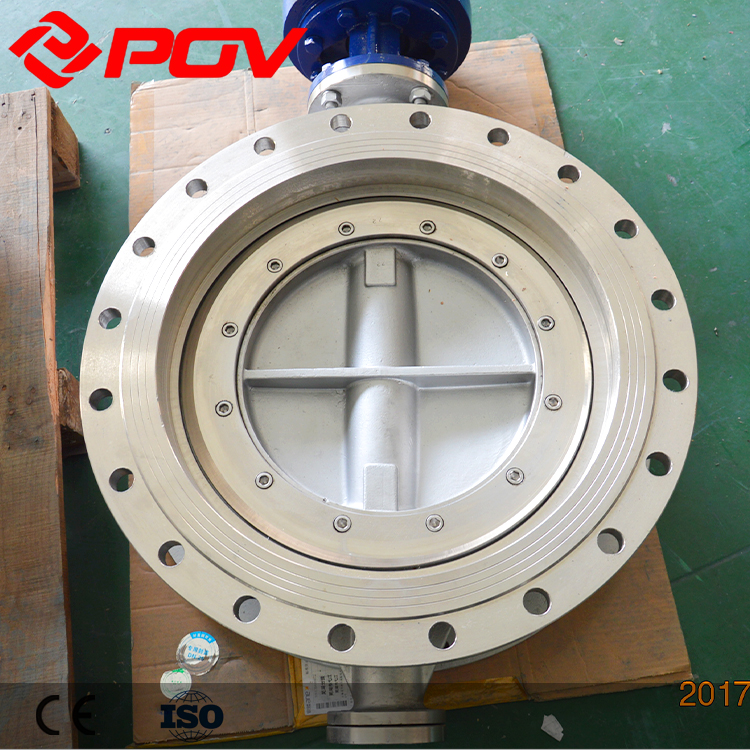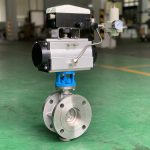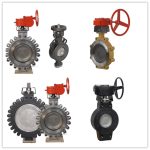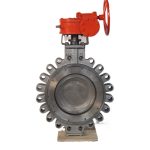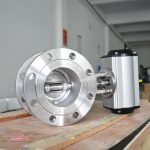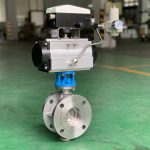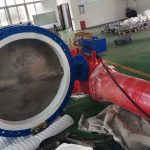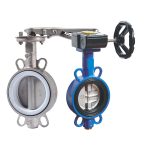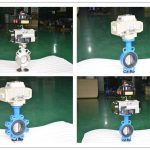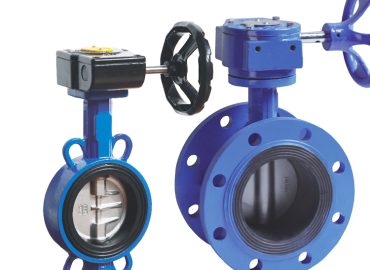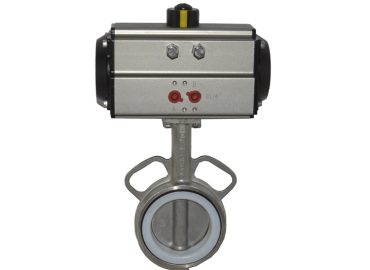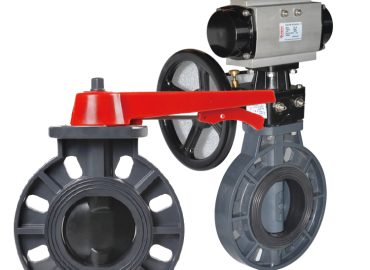Metal seated butterfly valve are an essential component for many industrial applications. They provide a reliable and tight shutoff, long-term performance and easy operation. Optimizing the performance of metal seated butterfly valves requires careful selection, proper installation and use of quality components to ensure safe and reliable operation. In this blog post, we will look at five tips for optimizing performance with metal seat butterfly valve
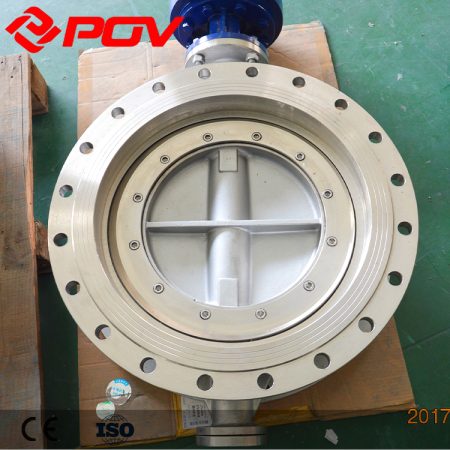
Introduce
Understanding the benefits of metal seated butterfly valves is key to achieving optimal performance. Metal seated valves are ideal for applications that require a secure seal and high operating temperature, as they offer better sealing capabilities than traditional soft seats. Additionally, these valves feature low torque operation, allowing for longer stem cycles with less maintenance and fewer repairs required. When properly installed and used with quality components, metal seated butterfly valves can provide superior shutoff capability at higher pressures, ensuring safe operation.
Choosing the right size for the application is also essential for optimal performance. Selecting an oversized valve will create excessive pressure drops and reduce efficiency, while an undersized valve may not be able to handle the task at hand. It is important to ensure that the right sized valve is selected based on application parameters such as flow rates and operating pressures.
Proper installation is also critical when it comes to optimizing performance with metal seated butterfly valves. The flanges must be secured properly after initial installation or during any servicing or maintenance tasks, using proper bolts and gaskets to ensure a tight seal. Additionally, it’s important to inspect your valve regularly for signs of wear or damage as improper alignment or corrosion can cause reduced performance or even failure over time if left unchecked.
For maximum performance, only use quality components when installing butterfly valves since low-grade materials may cause leaks or breakdowns over time due to material stress or fatigue caused by continuous operation. Be sure to select components that meet industry standards and use recommended replacement parts whenever a component needs to be changed out.
Finally, consider corrosion resistance features when optimizing performance with metal seated butterfly valves in applications dealing with aggressive fluids such as acids or other corrosive chemicals as these may damage other valve materials in time even if they create a secure seal at first glance. By choosing a corrosion resistant material like stainless steel for example you can increase the lifetime of your valve and optimize its performance over time without requiring frequent repairs or replacements due to material damage from corrosive solutions.

Understand the Benefits of Metal Seated Butterfly Valve
Wafer butterfly valve offer numerous benefits compared to other valve types, making them ideal for applications where a secure seal and reliable performance at high temperatures are required. The hard surface of the metal seat offers superior sealing capabilities, with lower torque operation meaning longer stem cycles with less maintenance and fewer repairs needed. Shutoff performance is also improved at higher pressures, allowing them to be used in more demanding applications safely.
Corrosion resistance is another important factor in selecting a metal seated valve – choosing the right material based on the application can extend its lifetime without requiring frequent repairs or replacements due to material damage from corrosive solutions.
When selecting a metal seated valve, it’s essential that the right size is chosen to ensure optimal performance; oversized valves will lead to excessive pressure drops while undersized ones may not be able to handle their task. Additionally, proper installation must be done using secure bolts and gaskets and regular inspections should be conducted for signs of wear or damage which could reduce performance or even cause failure if left unchecked. Lastly, only quality components should be used as low-grade materials may cause leaks or breakdowns over time due to material stress or fatigue from continuous operation.
Choose the Right Size for the Application
When selecting a valve for an application, it is important to make sure that the right size is chosen for best performance. An oversized valve can lead to excessive pressure drops and reduced efficiency due to a larger than necessary opening, while an undersized valve may not be able to handle the task at hand and could be prone to malfunctioning or failure.
For any given application, the size of the valve should match its requirements as closely as possible; taking into consideration its flow rate, operating temperature, pressure rating, type of material and other specifications. If a valve is too large for the job then there will be high pressure losses due to turbulence when closing or opening it, whereas if it’s too small then the system would need to work harder in order to maintain functional performance.
Incorrectly sizing a valve can also result in additional costs associated with maintenance or replacements due to physical damage caused by incorrect sizing. Additionally, improper selection can lead to system instability followed by frequent breakdowns as well as diminished energy efficiency due to added resistance from heavy throttling or blocking of flow paths. Therefore, making sure that the right sized valve is selected for each application is essential for ensuring optimal performance with minimal expense and maximum safety.
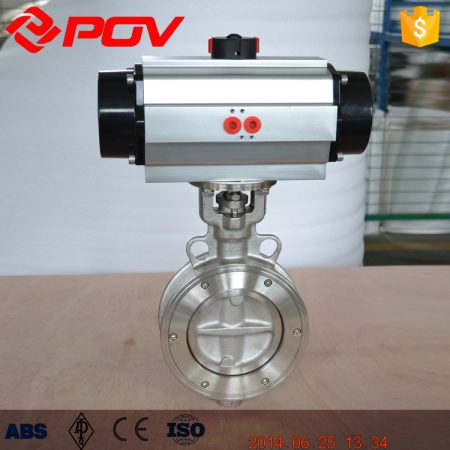
Install Properly and Inspect Regularly
To get the most out of any valve, proper installation and regular inspection are key. During installation, secure bolts and gaskets should be used to make sure that the connection is both airtight and leak free. This will help ensure that the valve is properly sealed and able to fully open and close as necessary in order to control the flow of fluids through it.
Furthermore, regular inspections should be conducted to check for signs of wear or damage which could reduce performance or even cause failure if left unchecked. Inspections also allow for preventive maintenance strategies such as cleaning, lubrication, tightening connections or replacing worn parts which can extend a valve’s life.
Finally, only quality components should be used during installation as low-grade materials may cause leaks or breakdowns over time due to material stress or fatigue from continuous operation. All valves should therefore be installed with care and inspected regularly for optimal performance and safety.
Use Quality Components to Optimize Performance
Quality components are essential for optimizing valve performance. Low-grade parts and materials may be susceptible to premature wear or breakage, reducing the lifespan of a valve and leading to costly maintenance or replacements. When selecting components, it is important to make sure they are made from high quality materials which can withstand the pressure and temperature requirements of the application.
Furthermore, all connections should be airtight with no possibility of leaks. Gaskets cannot only help increase efficiency but also ensure that no hazardous substances escape into the environment. Additionally, pressure ratings should be sufficiently high enough to accommodate increased pressures should they arise over time due to thermal expansion or other factors.
Finally, good insulation will help keep external elements such as humidity at bay, preventing corrosion or other damage caused by environmental conditions over a long period of time. Quality components will therefore help optimize valve performance and reduce operational costs in the long run.
Consider Corrosion Resistance Features
In addition to using quality components, corrosion resistance features should also be taken into consideration when installing or replacing valves. Corrosion can cause serious issues including leakage, blockage and inefficient performance if not managed properly. For example, stem seals should be made from durable materials such as PTFE or graphite which are able to resist common corrosive fluids like acids and alkalis.
Moreover, painting or plating over the valve material itself with a protective coating such as zinc can also help prevent oxidation or rusting due to exposure to water or other elements in the environment. Additionally, installing appropriate covers over exposed connection points can help keep hazardous substances away from sensitive areas and reduce the risk of corrosion further.
Finally, special anti-corrosion media such as water treatment chemicals and inhibitors may also be used depending on the application. By considering these features early on during installation and making use of proper maintenance strategies throughout the lifespan of a valve, corrosion can be effectively managed without compromising operational safety or efficiency.
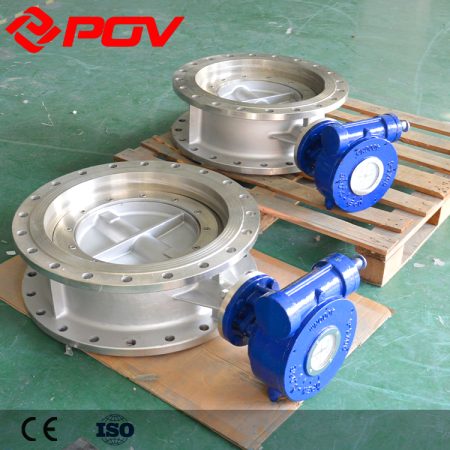
Conclusion
Metal seated butterfly valves are an important piece of equipment in many industries. When properly installed and maintained, they can ensure efficient performance for many years to come. Here are 5 tips to help optimize the performance of this type of valve:
- Choose quality components that fulfill the requirements of the application.
- Consider corrosion-resistant features such as stem seals, plating or painting with protective coatings, and covers for exposed connection points.
- Take into account temperature ratings when selecting materials such as shafts and seats as well as any auxiliary parts like actuators or connectors.
- Install additional insulation to keep humidity levels low and protect against environmental damage over time.
- Make use of proper maintenance strategies regularly in order to ensure long-term functionality and efficiency.
By following these basic tips, you can help make sure that your metal seated butterfly valve is optimized for maximum performance throughout its entire lifespan – saving you time, money, and effort in the long run!


